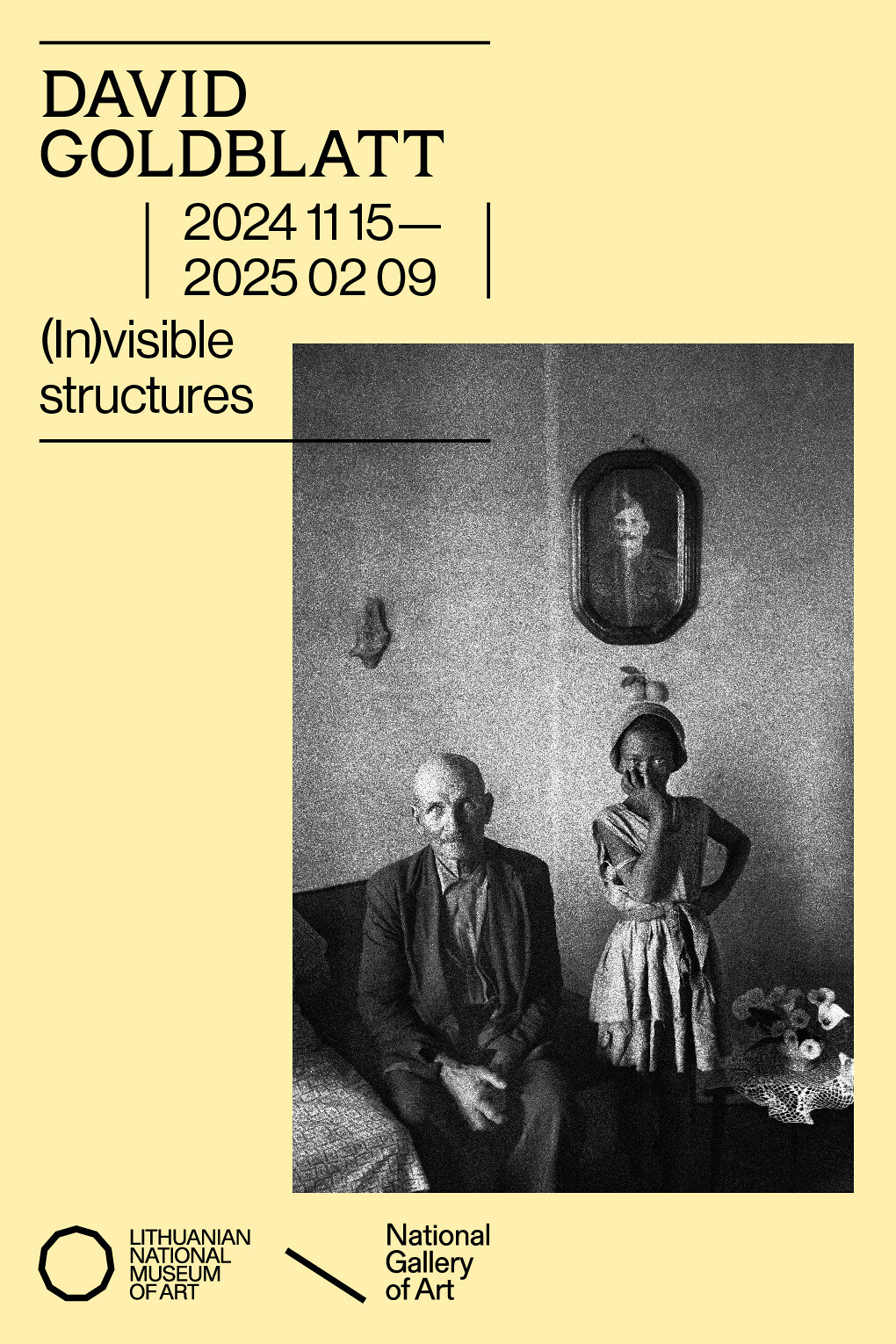Eva Lootz
Dis-cursos de agua
Meiro Koizumi
Stories of a Beautiful Country
25 May–16 September 2012
Centro de Arte Caja de Burgos CAB
Calle Saldaña s/n
09003 Burgos, Spain
Meiro Koizumi
Stories of a Beautiful Country
Displaying a challenging and dramatic view of current society and a sometimes merciless sense of humour, the work by Meiro Koizumi (b. 1976; Maebashi, Japan) in the field of videoart is a meditation on the human condition, eroticism, and social customs—an assessment of human vulnerability, exploring individualism and the psychology underlying urban relationships and modern life.
Completely aware of global power and of political events, and simultaneously with the Japanese tradition ever present, Koizumi records the dialogues he establishes with people narrating stories about their childhood, intimate relationships, and traumas. These conversations, at times both funny and violent, reveal emotions like passion and fits of rage through which the artist attempts to explore the underlying psychological states of his characters. Koizumi tackles their frustration and ‘distance’ by guiding them towards difficult and challenging dilemmas, dominated by an ever growing tension, until the situation gets out of control, turns violent, or leads to the breaking of social rules.
The dark, close, and claustrophobic universe created by Koizumi in his videos, the inner fight both sensual and sinister, with which he expresses his search for identity and through which he explores the depths of the human soul, are all made real via his mastery of concepts such as the moving image, aesthetics, and sound and visual composition. Often the apparently incoherent combination of different elements—a pre-defined scenario, a narration, a series of dialogues, a variety of visual symbols—reveal the richness of a work offering up different layers for interpretation, a work with new and unexpected meanings. This is the case with My voice would reach you, one of the works of art that will be displayed at the Centro de Arte Caja de Burgos CAB, reflecting one of the Japanese artist’s most recurrent worries, namely the alienation derived from life in big cities and the dislocation of family relationships. On other occasions, the artist proposes a double screen displaying the same situation or conversation from different perspectives or angles, as happens in Defect in Vision, which will also be in the exhibition at the CAB.
Eva Lootz
Discursos de agua
The Austrian artist and Spanish resident Eva Lootz (b. 1940, Vienna), awarded the National Plastic Arts Award in 1994, has lived and worked in Spain for the last 47 years. During this period she has become one of the most relevant figures within the Spanish artistic field as well as a prominent reference point for conceptual avant-garde movements.
Lootz’s work is characterised by the use of a wide range of artistic languages and materials: sculpture, installation, drawing, engraving, photography, sound, and video as well as one main concern that traces the intimate relation between matter and language from different angles. Her work pursues a reflection on human intervention in nature and questions the role of progress as the driving force in history.
In her proposal for the Centro de Arte Caja de Burgos CAB, Lootz continues to develop the Hidrografí project, an idea on which she has worked since 2005. Taking the rivers of the Iberian Peninsula as the main characters, she establishes a relation between the capillary system and the hydrographical basins and proposes an indirect way of representing landscapes through pieces halfway between art and technology.
Related to this are a series of sculptures in marble that have to be highlighted. She creates them from a three-dimensional model she obtains by computer-processing parameters—such as floods, variations in the volume, and changes in river flow—and with which she aims to make visible the different temporary sequences in the evolution of Spanish river beds.
Next to them, several light boxes created from hydrographical maps that seem to draw the basins in the air stress the idea of the continued transformation experienced by rivers, seen as living beings by the artist. At the same time, a set of panels represent the direction of rainfall in each part of the land, depending on the topography, by means of chromatic codes.
Photographs, diagrams, and videos, among other elements, explore issues such as the influence of rivers in the development of urban centers, hydraulic politics, and the risks associated with the water business—issues that are highlighted by explicit messages distributed all over the room and through which Lootz shares her concerns about water shortages in the world, and the irresponsible use of hydraulic resources, with the viewer, sometimes in a poetic way, at other times in a harsh and direct manner.



